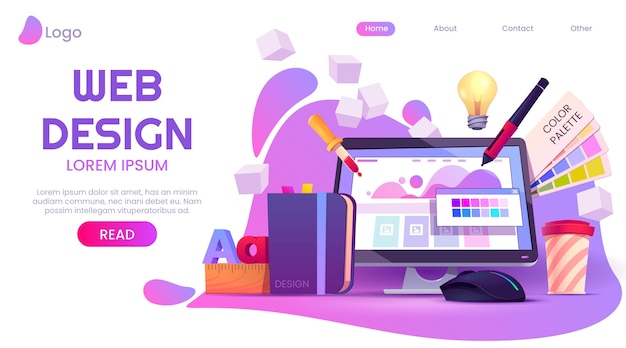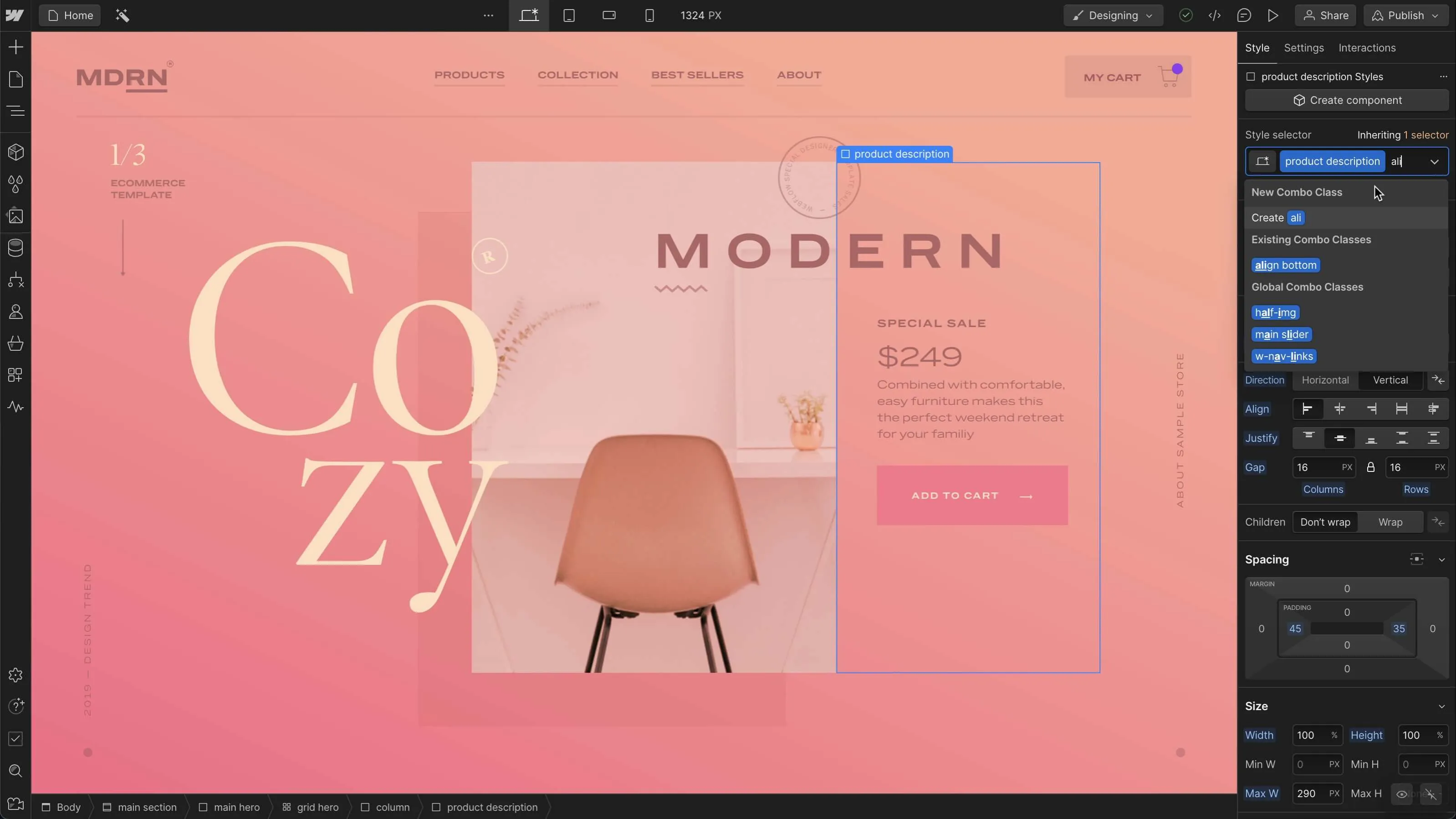Essential Elements of Responsive Web Design for Mobile Users
Essential Elements of Responsive Web Design for Mobile Users
Blog Article
A Comprehensive Guide to Crafting Aesthetically Appealing and Functionally Robust Internet Style Solutions
In the ever-evolving landscape of website design, the equilibrium between visual allure and practical integrity continues to be extremely important. A complete comprehension of fundamental style concepts, together with a keen concentrate on user experience, can dramatically improve the effectiveness of internet solutions. By leveraging components such as color concept and responsive designs, designers are furnished to create not just aesthetically pleasing user interfaces but likewise ones that cultivate individual interaction. The journey from idea to implementation involves extra layers of intricacy that merit expedition, especially in the worlds of screening and optimization. What techniques can be utilized to attain this delicate equilibrium?
Comprehending Layout Concepts
Recognizing design principles is basic to developing reliable internet services that engage individuals and connect messages clearly. These concepts act as the structure for any type of successful design task, guiding the visual and functional facets of a web site. Secret style principles include equilibrium, contrast, alignment, repetition, and proximity, each playing an essential role in developing a natural and visually pleasing layout.
Comparison boosts readability and draws attention to essential features, permitting users to browse the content effortlessly. Rep reinforces a constant aesthetic language, reinforcing brand identity and improving individual experience with the user interface.
Importance of User Experience
Individual experience (UX) is essential in website design, as it directly influences how visitors communicate with a website and view its worth. A properly designed internet site not just brings in customers but also keeps them involved, ultimately leading to higher conversion prices and consumer satisfaction. UX encompasses various elements, consisting of use, accessibility, and the total visual allure of the website.

Moreover, positive customer experiences foster brand name loyalty and motivate repeat visits. In contrast, an inadequate UX can harm a brand's track record and deter prospective clients. Consequently, investing in UX style is not just a visual consideration; it is a tactical technique that can significantly impact a company's profits. Ultimately, prioritizing user experience in website design is necessary for developing useful, interesting, and effective internet sites that fulfill the needs of modern-day customers.
Color Concept in Internet Style
Color concept plays a crucial function in web design, affecting not only the aesthetic allure of a website but also the psychological actions of its users. Understanding shade dynamics is essential for developing an efficient user experience. Shades can evoke specific sensations; as an example, blue often shares count on and professionalism and reliability, while red can infuse enjoyment or urgency.
Complementary shades can develop vibrancy, while analogous colors provide an even more calm feeling. click resources Utilizing tools like color wheels can help in identifying effective color combinations.
Furthermore, social context plays a substantial duty in shade analysis. For instance, while white represents purity in Western cultures, it may represent mourning in some Eastern societies - web design. For that reason, a detailed understanding of the target market is vital when using shade theory.
Including shade psychology into website design not only enhances aesthetic allure yet likewise influences useful source user behavior, guiding them towards wanted actions. Ultimately, a well-thought-out shade method can dramatically raise the overall impact of an internet site.
Receptive and Adaptive Layouts
Along with color theory, the framework and design of a site significantly influence individual experience and engagement. web design. Receptive and adaptive layouts are crucial methods for guaranteeing that websites operate successfully across a plethora of gadgets and display sizes
Receptive style uses fluid grids and adaptable pictures, permitting the design to readjust effortlessly according to the viewport dimensions. This technique ensures a regular user experience, as content reflows and resizes, keeping ease of access whether seen on a smart device, tablet, or desktop computer. Media questions play an important duty in responsive style by using different styles based upon the tool's qualities.

Both techniques intend to enhance user experience by focusing on functionality and ease of access. Choosing in between responsive and flexible designs mostly depends on task demands, target audience, and wanted individual communications, inevitably contributing to the performance of website design remedies.
Testing and Optimization Strategies
Checking and optimization techniques are essential elements of here are the findings reliable internet style, guaranteeing that websites not only fulfill customer expectations however likewise carry out successfully throughout different platforms. These approaches include a variety of practices focused on evaluating functionality, capability, and overall efficiency.
A/B screening is a foundational strategy, allowing designers to contrast 2 versions of a websites to establish which carries out much better in regards to user interaction and conversion prices. Customer testing is equally essential; it involves collecting comments from actual customers to identify pain points and locations for renovation. This qualitative information can guide design modifications that boost customer experience.
Furthermore, performance optimization techniques such as image compression, code minification, and leveraging web browser caching can considerably improve load times and responsiveness. Tools like Google PageSpeed Insights and GTmetrix provide valuable metrics for analyzing internet site efficiency, allowing designers to make data-driven decisions.
Conclusion
Responsive formats contribute to a smooth user experience across tools, even more advertising engagement. Eventually, the application of these strategies not only boosts user fulfillment yet also drives conversion prices, strengthening the significance of a detailed design framework.
Report this page